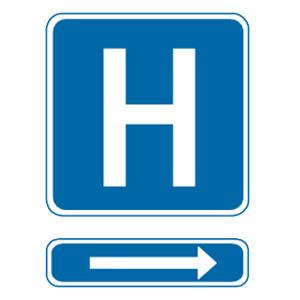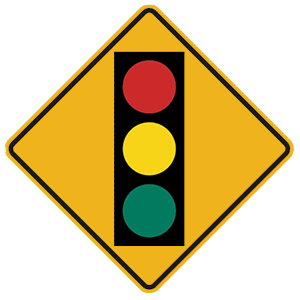2025 New Mexico Permit Test 10
The following questions are from real DMV written tests. These are some of the actual permit questions you will face in New Mexico. Each permit practice test question has three answer choices. Select one answer for each question and select "grade this section." You can find this button at the bottom of the drivers license quiz. For a complete list of questions and answers for New Mexico please visit https://cheat-sheets.dmv-written-test.com/en/new-mexico/car.
Number of Tests
Number of Question
Passing Score
1. You cannot pass safely on a two-way, two-lane street unless:
Explanation
You cannot pass safely when driving on a two-way, two-lane street unless you can clearly see the road ahead, you can return to your lane before meeting oncoming traffic, and your vehicle is capable of the speed necessary to pass. Do not pass where it is illegal and unsafe to do so.
2. When two vehicles arrive to an intersection at the same time, which one has the right-of-way when no signs or signals indicate rules?
Explanation
At an intersection of two similar roads without a traffic control device, a driver must yield to a vehicle approaching from the right.
3. You come to an intersection displaying a flashing red light. You should:
Explanation
A flashing red traffic light has the same meaning as a stop sign. You must stop, yield the right-of-way, and go once it is safe.
5. Emergency vehicles:
Explanation
You must yield the right-of-way to police cars, fire engines, ambulances, or any other emergency vehicles using a siren or air horn and a red or blue flashing light. Follow any instructions given over the emergency vehicles' loudspeakers. Emergency vehicles often follow each other so you should proceed only when you are certain the way is clear.
6. When changing lanes you should not:
Explanation
Before changing lanes, check your side and rearview mirrors for traffic approaching you from behind. Use your turn signal to let other drivers know you plan to change lanes. Check for other drivers who also may be moving into the same lane.
7. A traffic light displaying a green arrow and a red light means that:
Explanation
If a green arrow is shown with a red light, you can only drive in the direction of the arrow and only if the intersection is clear.
8. This sign means:

Explanation
This sign indicates that hospital emergency services are located to the right.
Ranked by best match

